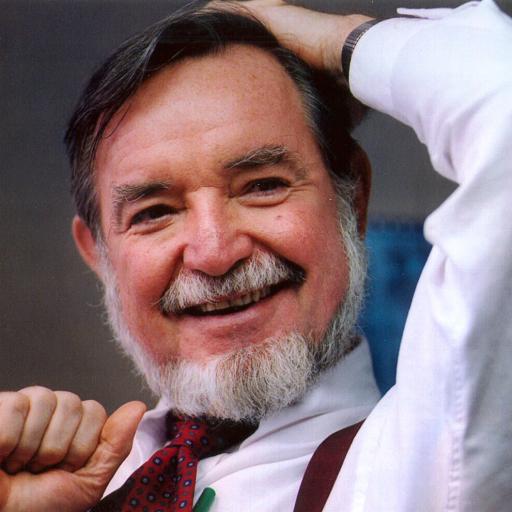
State or Province:
country:
USwhat are your gifts and talents?:
why do you want to join abcd in action?:
Effective Police Reform: The Transfer of Authority
In order to respond to demands for police reform, local governments across the United States have created special committees to develop new policies to eliminate police abuse and misconduct. Usually composed of citizens and government members, their common goal is to make recommendations that will reorder the police relationship with local residents and their neighborhoods.
Thus far, these reform proposals have most frequently involved four approaches:
The first is to “tighten-up” the command structure giving more authority and control to the police administration. This effort attempts to give more “teeth” at the top including new sanctions, penalties and incentives to control police behavior.
A second set of proposals attempts to create a new “interface” between the police and neighborhood residents. Its form is to develop new variations on the common practice community policing.
A third approach recognizes that a significant number of police calls involve domestic abuse, homelessness and mental health issues. Almost every police chief recognizes that their response to these community disruptions is largely ineffective because they are repeatedly responding to symptoms rather than causes. Therefore, most of these responses will result in continuing calls about disruptions from the same people. Here, the most common reform is to propose the transfer of responsibility over these issues to social service agencies with presumed experience in dealing with such problems.
A fourth reform is to establish police review boards or enhance or change the nature of the members of the board. However, these changes usually result in advisory recommendations to the police administration.
While each of these reforms have some efficacy, they have been implemented for many years in many police departments with limited effect, as the current police abuse crisis demonstrates. One reason is that these reforms are designed to increase the authority and control of those in charge of a system called law enforcement. Each is a variation in the use of control, power and authority to “manage” the problem of institutional relations with local constituents. The unstated assumption is that deviance, disruption and discord in the neighborhood can be managed if local systems have enough authority and technology to do their job.
An alternative understanding is that civil disruptions are issues most effectively resolved by local citizens, their families, their associations and the institutions they control. Indeed, in many neighborhoods with issues called a “youth problem” experienced neighbors will also insist that they have a “community problem.” These neighbors understand the limits of police and human service efforts to fix their community problem. As one local resident asked at a neighborhood meeting, “How many police officers will it take in our neighborhood so our youth problem will go away?”
This local understanding of community security raises the question of whether the people in the neighborhood believe they have or actually have authority to create local security.
A different approach to police “reform” is to create neighborhood relationships where authority is transferred to the local community. An exemplary practice of this approach was carried out by now retired Police Chief Mike Butler of Longmont, Colorado. He decided to distance his department from acting as an agent of the criminal justice system. He moved to relocate the Department as a community support organization enhancing local neighborhoods’ ability to deal with disorder. His local police officers skilled in supporting community problem solving were called Master Officers and were the highest paid in the Department. These officers had annual performance reviews that included local neighborhood leaders in evaluating their performance.
The department developed skills in promoting neighborhood capacities to deal with issues such as homelessness, mental illness, and domestic abuse. This is a significant contrast with most reform proposals where local issues are transferred from police to social service agencies rather than to neighborhoods. Most of Butler’s reform policies could be evaluated by determining where authority was relocated. *
As police reform committees across the country develop their proposals, the critical issue is how much new authority will neighborhood groups have. And secondly, how much support can the police department give to enhance the use of that authority. Then, as Chief Butler has said, “The metric utilized to determine effectiveness would be gauged by how much less the police are needed by residents and neighborhoods as the police officers encourage neighborhood self-sufficiency and sustainability"
*For an extensive interview with Chief Butler outlining many additional aspects of his reforms, see: The Transformation of the Functions of Communities and Police: An interview with Retired Chief Mike Butler, Longmont, Colorado located on our website, abcdinstitute.org, under Publications and Learnings, Community Security. Direct link: https://resources.depaul.edu/abcd-institute/publications/publications-and-learnings/Pages/default.aspx#_communitysecurity
